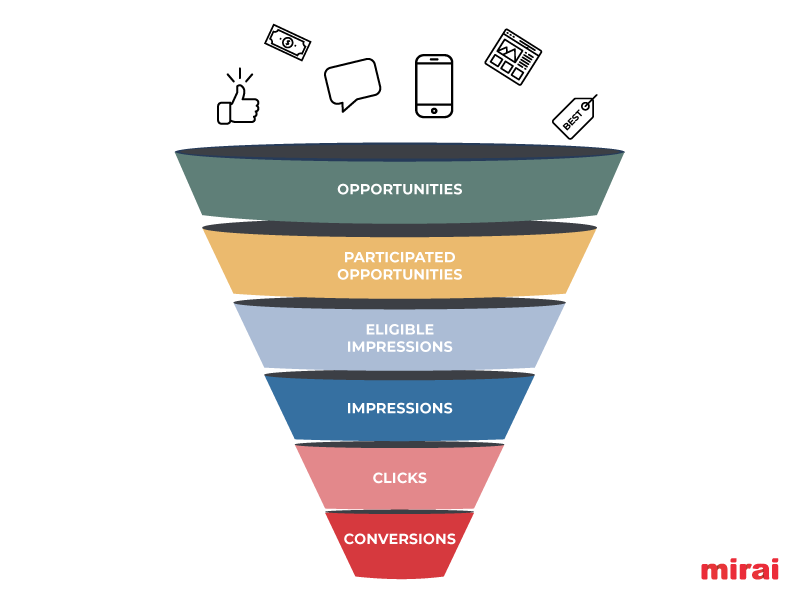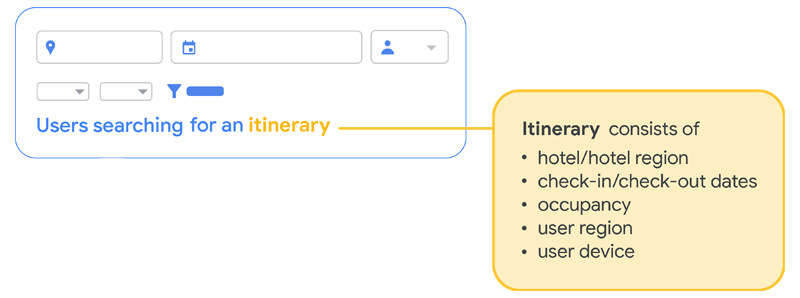“Optimising presence in metasearch engines” is the desire of all hotels, which in layman’s language translates into a twofold desire: to increase sales generated from metasearch targets and increase profitability by reducing costs… in other words, to make the channel more efficient.
NB: This is an article from mirai, one of our Expert Partners
Subscribe to our weekly newsletter and stay up to date
In order to tackle this “meta search engine optimisation” you need:
- Knowledge of the metasearch funnel. For many, the metasearch funnel is a black box that prevents them from identifying and implementing opportunities for improvement.
- Transparent access to data. The information available to hotels is often poor, and few hoteliers have a good understanding of their own campaign numbers beyond basic data, such as number of clicks, conversion rate, bookings or production generated.
In this, the first of a series of posts about metasearch engines, we take an in-depth look at the “metasearch funnel” from the highest, least-understood level, where your potential customers are, to the lowest level, where the bookings you receive take place. In each stage of the funnel we will identify the main KPIs you should be aware of in terms of assessing whether your numbers are adequate or, on the contrary, you have room for improvement. In the case of the latter, we will also identify ways of realising this improvement.
The Google Hotels funnel

This consists of six levels: opportunities, participated opportunities, eligible impressions, impressions, clicks and bookings/conversions.
Opportunities
This is the most important variable and, curiously, the most unfamiliar and inaccessible. Opportunities represent the demand for your hotel. It is the total number of times your hotel could have been shown to a user, and represents the sum of users who search for you by name (branded search) plus those generic searches (usually by location) in which your property is eligible to appear in the results.
Google Hotels searches are called user itineraries and include five elements:
- A specific hotel or location.
- Dates of stay (check-in and check-out).
- A specific occupancy.
- The user’s device.
- The user’s country.
Additionally, the user can apply filters such as the cancellation policy (only flexible or any).

An example of an itinerary is “a user from the USA, with a mobile phone consulting the W hotel in Madrid, from the 17th to the 19th of April for 2 people”.
We arrive at the first relevant funnel variable, the Participation Rate, which indicates “out of every 100 opportunities (demand), in how many does my hotel have results to offer, due to the fact that I meet the user’s search requirements (itinerary), meaning I can participate in the auction”.
It would appear contradictory that such an important variable is so unknown in many hotels, the fact being that very few integration partners inform their customers, making it difficult for them to optimize their results.





